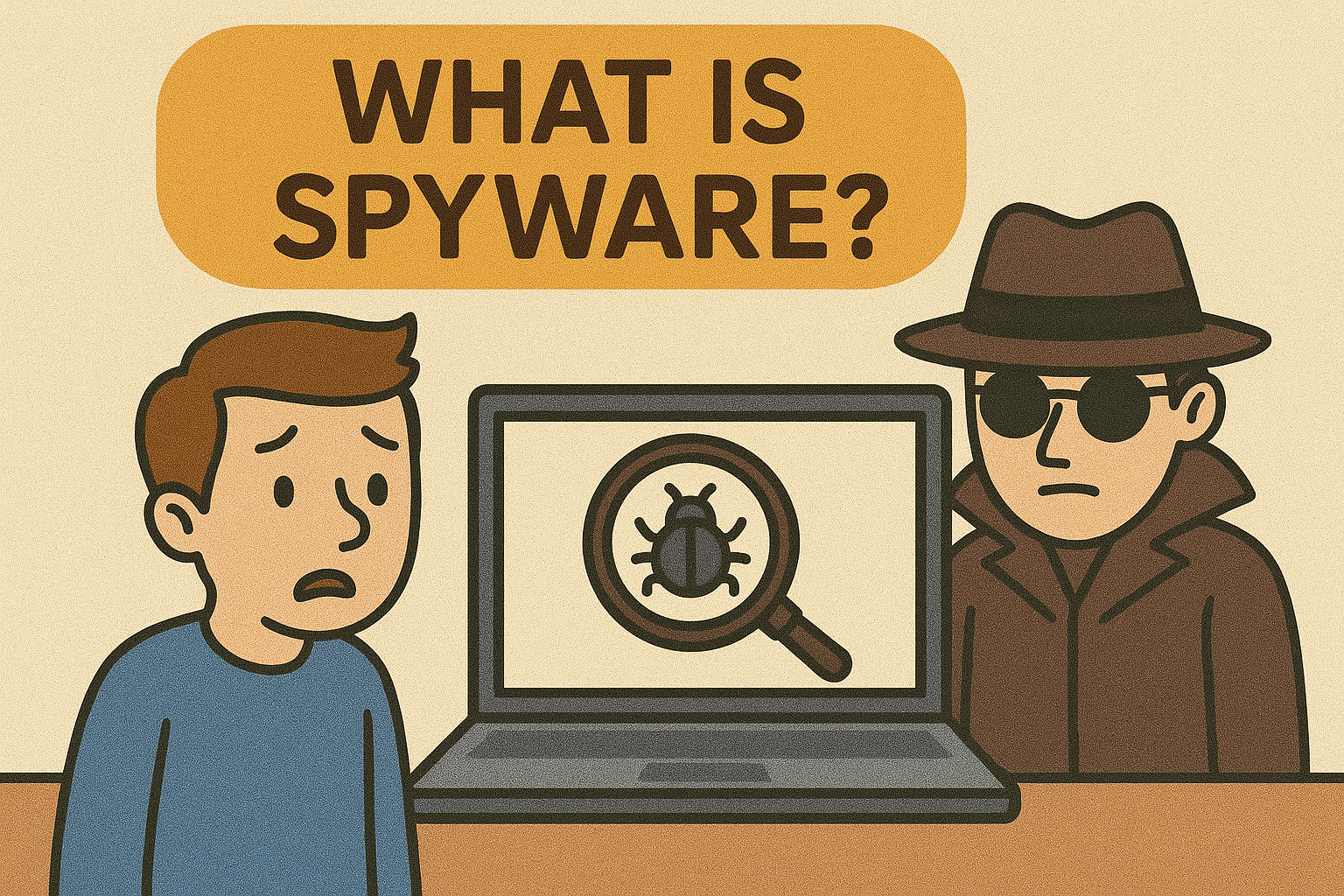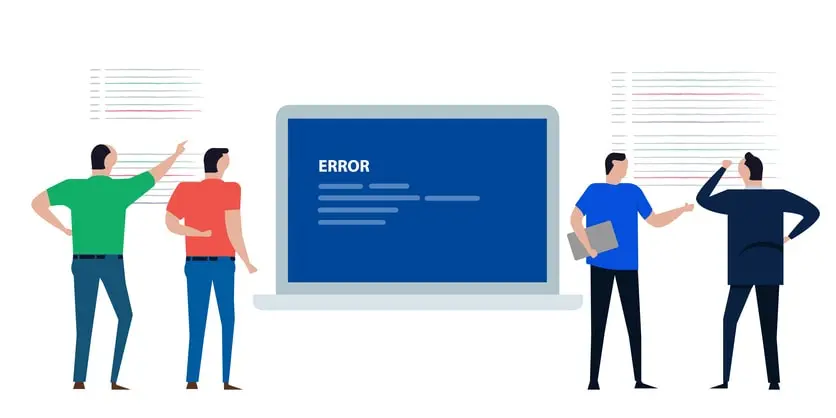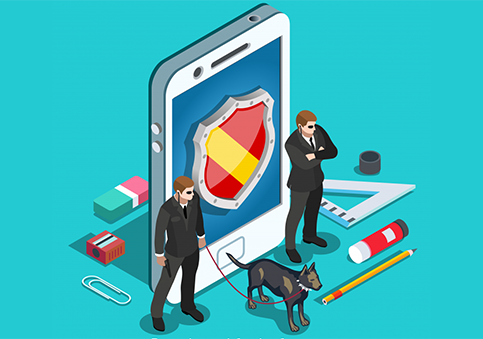What Is DSL: A Deep Dive into Digital Subscriber Line Technology
Updated on August 8, 2025, by Xcitium

Ever wondered what is DSL and whether it’s still relevant in today’s high-speed world? DSL—short for Digital Subscriber Line—is a broadband technology that delivers internet over existing copper telephone lines. It’s reliable, widely available, and still used in many areas—especially rural regions lacking fiber or cable access. In this article, we’ll explore how DSL works, its strengths and weaknesses, and why it still matters for IT managers, cybersecurity teams, and business leaders.
What Is DSL?
DSL (Digital Subscriber Line) refers to a family of technologies that transmit digital data over standard telephone lines. Originally called digital subscriber loop, DSL uses frequency-division multiplexing to separate voice and data signals, enabling simultaneous use of internet and phone on the same line.
How DSL Works
DSL splits your phone line into two channels: voice and data. A splitter installed at your premises separates high-frequency data signals from low-frequency voice calls. These data signals are carried across copper lines to a nearby DSLAM (Digital Subscriber Line Access Multiplexer), which routes traffic to the internet backbone.
Types of DSL
- ADSL (Asymmetric DSL): Most common. Up to 24 Mbps download and ~3 Mbps upload. Ideal for residential users.
- SDSL (Symmetric DSL): Balanced upload/download speeds, up to ~15 Mbps. Popular among businesses that require reliable two-way performance.
- VDSL & VDSL2 (Very-high-bit-rate DSL): Support up to 100 Mbps over short distances (~1 km)—often used for fiber-to-node setups or high-definition video streaming.
- Naked DSL: Provides internet without traditional phone service, using the same copper loop exclusively for data.
Advantages of DSL
- Uses existing infrastructure—no new wiring required.
- Reliable dedicated line, with minimal interference from neighbors.
- Simultaneous voice and data use, thanks to signal division.
- Widespread availability, including underserved rural areas where fiber/cable are unavailable.
- Lower cost than fiber or cable services in many regions.
Limitations & Challenges
- Distance sensitivity: As distance from the DSLAM increases, speed and reliability drop sharply. Speeds degrade notably beyond 1–2 km.
- Asymmetric performance: Upstream speeds often lag behind download speeds—problematic for uploading or hosting servers.
- Interference risk: Copper lines can pick up noise or degrade over time, impacting quality and stability.
- Limited future scalability: DSL can’t match cable or fiber in high-speed use cases such as 4K video, gaming, or large-scale enterprise operations.
DSL & Cybersecurity: What IT Managers Should Know
DSL connections are common in small offices, branch sites, and rural enterprise locations. Here are security considerations:
- Use secure routers/firewalls to regulate traffic and prevent unauthorized access over DSL links.
- Enable encryption protocols like SSL/TLS or VPN when transmitting sensitive data.
- Segment networks properly, especially in business DSL setups, to separate guest or remote access networks.
- Monitor line reliability and signals, as poor DSL performance may signal cable degradation or tampering.
Use Cases in Industry
Small Businesses & Branch Offices
DSL offers affordable bandwidth that’s sufficient for functions like VoIP, cloud access, and email. SDSL variants support reliable uploads for backups or video conferencing.
Remote or Rural Users
Where fiber or cable isn’t available, DSL remains one of the most accessible forms of high-speed connectivity.
Hybrid IT Strategy
Many enterprises use DSL as backup or failover connections in their remote offices to enhance availability.
DSL Compared with Other Broadband Options
| Technology | Speed Range | Best For | Limitations |
| DSL (ADSL) | ~1–25 Mbps download | Home use, remote branches | Distance‑sensitive, slower uploads |
| SDSL | ~1–15 Mbps symmetric | Business VoIP, file uploads | Higher cost, less availability |
| VDSL | Up to 100 Mbps (short range) | Fiber-neighborhood setups | Only effective close to DSLAM |
| Cable/Fiber | 100 Mbps to multi-Gbps | High-demand use, enterprise | Higher cost, infrastructure needs |
Tips for Optimizing DSL Performance
- Minimize loop length—ask your ISP about DSLAM location and consider filtered taps or local gateways.
- Use high-quality filters/splitters to avoid interference on the phone line.
- Invest in a secure DSL router with built-in firewall and firmware updates.
- Monitor signal quality metrics, like SNR baseline and line attenuation.
- Plan upgrades: If requirements exceed DSL capabilities, consider fiber or cable options.
Related High-Search Keywords
- DSL speed vs fiber
- ADSL vs VDSL
- DSL modem router features
- DSL for small business security
Incorporating these terms can help enhance SEO relevance and topic depth.
Frequently Asked Questions (FAQ)
Q1: What does DSL stand for?
DSL stands for Digital Subscriber Line. It’s often understood as Asymmetric DSL (ADSL), the most common consumer variant today.
Q2: Is DSL still widely used?
Yes—especially in areas where fiber or cable infrastructure is limited. Its availability remains strong due to existing telephone wiring.
Q3: What is the difference between DSL and fiber internet?
DSL uses copper phone lines and is slower and distance-sensitive, while fiber uses optical cables for significantly faster and more reliable speeds.
Q4: Which DSL type is best for business upload needs?
SDSL offers symmetric upload/download speeds, making it suitable for videoconferencing, backups, and hosted services.
Q5: Can DSL connections be secure for remote work?
Absolutely—with proper routers, firewalls, and VPN configurations, DSL-based remote access can meet enterprise-grade security standards.
Conclusion
Understanding what is DSL empowers IT leaders to evaluate its fit in their digital infrastructure. While DSL may not match fiber or cable in raw speed, its reliability, availability, and cost-effectiveness make it a valuable option—especially for rural users, SMBs, and failover scenarios.
For businesses asking how to enforce secure internet access over DSL and other link types—
👉 Request a free demo with Xcitium to explore advanced network monitoring, device policy enforcement, and breach protection capabilities.













